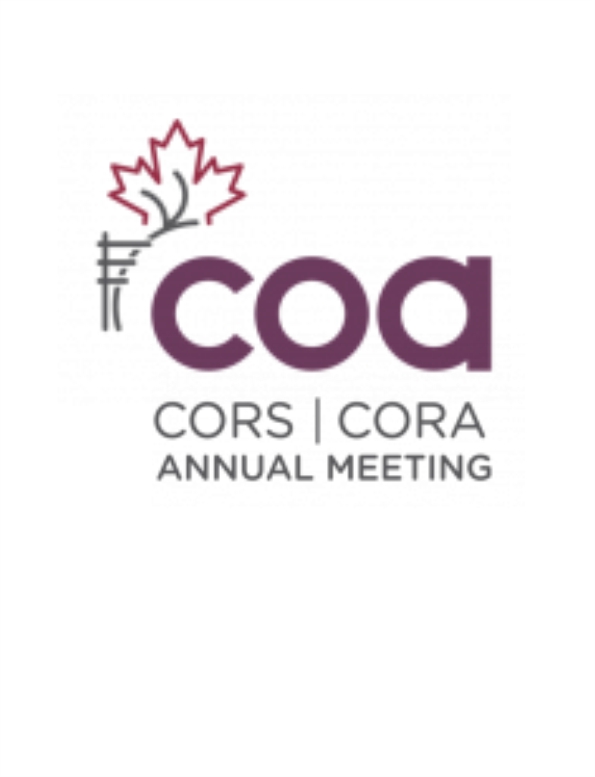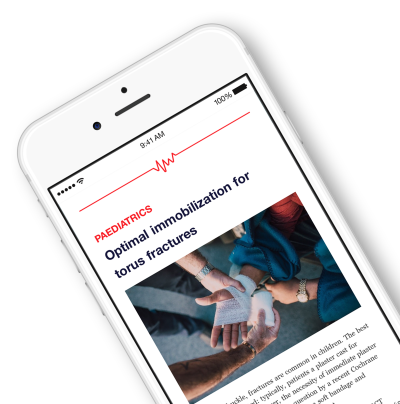
COA 2024: Patient-Specific Instrumentation vs Standard Care in Obese TKA Patients .
Patient Specific Instrumentation Versus Standard of Care in Total Knee Arthroplasty: A Randomized Trial in an Obese Population
One hundred fifty-eight patients with osteoarthritis and a BMI greater than 30 were randomized to receive either patient-specific instrumentation (PSI; n=80) or standard of care (SOC; n=78) for primary total knee arthroplasty (TKA). The outcomes of interest included the Western Ontario and McMaster Universities Osteoarthritis Index (WOMAC) score, the Short Form 12 survey (SF-12), Knee Society Score (KSS), and rates of adverse events. Outcomes were assessed at baseline, 6 weeks, 3, 6, and 9 months, 1 year, and 5 years postoperatively. Overall, the results of the study revealed no significant differences in patient-reported outcomes, function, or adverse events between the PSI and SOC groups at 5 years. The study suggests that PSI does not provide additional benefits over SOC in this patient population.
Unlock the Full ACE Report
You have access to 4 more FREE articles this month.
Click below to unlock and view this ACE Reports
Unlock Now
Critical appraisals of the latest, high-impact randomized controlled trials and systematic reviews in orthopaedics
Access to OrthoEvidence podcast content, including collaborations with the Journal of Bone and Joint Surgery, interviews with internationally recognized surgeons, and roundtable discussions on orthopaedic news and topics
Subscription to The Pulse, a twice-weekly evidence-based newsletter designed to help you make better clinical decisions
Exclusive access to original content articles, including in-house systematic reviews, and articles on health research methods and hot orthopaedic topics































































